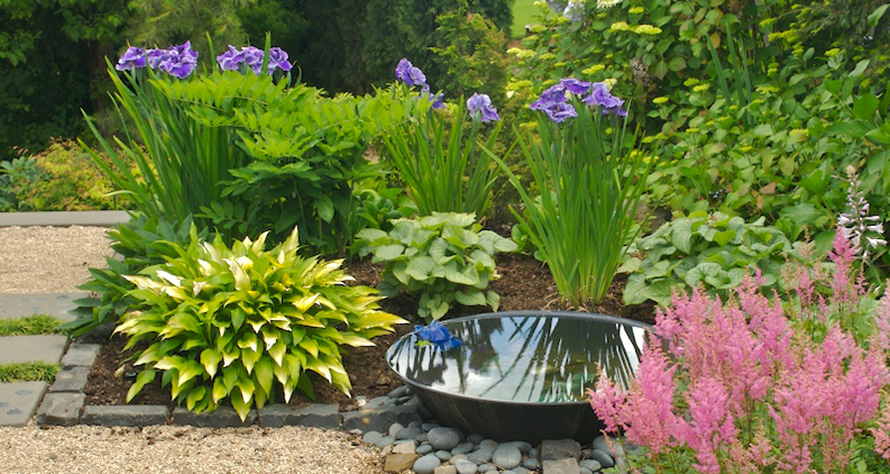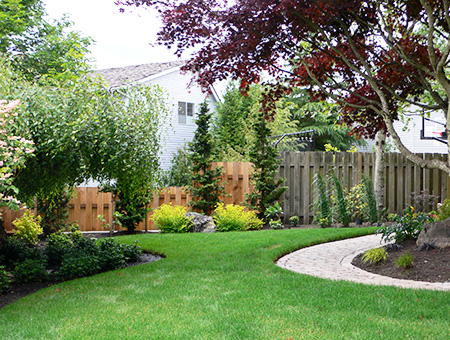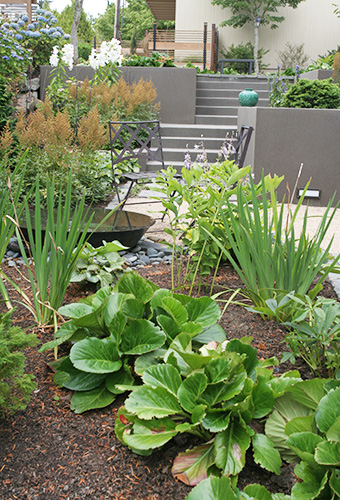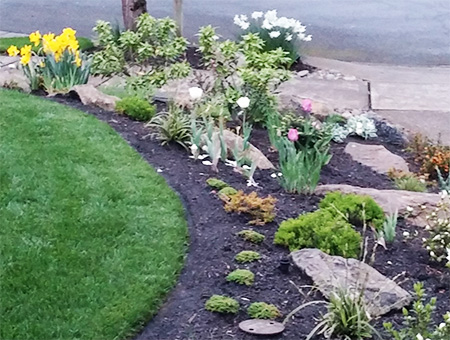What to Plant in the Fall for Your Best Spring and Summer Garden

September is the perfect time to rejuvenate your landscape with new plants. September may be heralded by the ringing of school bells, but it also marks the beginning of the fall planting season. The days are not too hot, the nights are mild, and the coming rains all add up to a welcoming environment for new plants to take root and get established before winter sets in. And come next spring, these fall plantings will have a head start to looking their best.
Just because fall is a great time to plant, you should still be mindful about what you put in the ground or decide to relocate, as some plants will fare better than others. So we’ve put together our top recommendations for your best fall season plantings.
Native Plants
Native species are already adapted to our wet winters and dry summers, and the Pacific Northwest offers plenty of beautiful options to choose from. Adding a mix of native trees, shrubs, conifers, and hardy perennials into your landscape can provide year-round interest with a variety of shapes, sizes, textures, and colors. For an extensive list of native plant species, check out Backyard Habitat’s Gallery of Native Plants. The site is also a good resource for what not to plant—species that may be pretty to look at but are considered noxious weeds.
 Trees & Shrubs
Trees & Shrubs
Fall is an excellent time to plant trees and shrubs. Of course, you will want to be mindful of size before you put any tree or shrub into the ground. Once mature, they may be too large for your space, and once established, they are not easily moved. Thankfully trees and shrubs come in all shapes and sizes, so finding the perfect fit for your yard shouldn’t be too hard.
Certain trees, like some varieties of maple, offer spectacular fall foliage and even colorful bark, which will brighten your winter and early spring landscape. Dogwoods and magnolias offer showy spring blooms, while trees like Sourwood send out long streamers of fragrant, white flowers in the fall.
If you are looking for some hardy native evergreen varieties of shrubs, you can’t go wrong with Oregon grape and Pacific Rhododendron for their year-round beauty. Camellias are a popular, evergreen shrub that does very well here in the Willamette Valley. Some varieties are even winter blooming!
 Hardy Perennials
Hardy Perennials
Just about any hardy perennial can be planted this time of year, and most like hostas, daylilies, and irises can be divided now. If you are not sure what classifies a perennial as hardy, these are plants that can survive our wet winters and dry summers and can withstand temperatures that dip below freezing or soar into the 90s.
That said, different species, of course, require different care, and some are either more shade or more sun tolerant. Plant hardiness also varies by geographic region, so pay attention to plant labels when you are making selections.
As you might think, with such broad criteria, the list of hardy perennials that thrive in the Pacific Northwest is pretty long. Your local nursery will be able to help guide you in making plant selections, or you can reach out to the design team at Landscape East & West, and we can work with you to create a garden design with plants well suited for your yard. To get you started, here is a handy resource for the best perennials for the Pacific Northwest.
 Spring Blooming Bulbs
Spring Blooming Bulbs
Fall is the best planting season for bulbs that produce spring flowers such as daffodil, tulip, hyacinth, and crocus, to name a few. Planting spring blooming bulbs in the fall or early winter—before the ground freezes—provides the long period of cool temperatures necessary for the biochemical process that causes the bulbs to flower. Summer blooming bulbs should be planted in the spring, so hold off on putting any of these into the ground until after the last freeze.
Lawns
If your lawn is looking a bit worse for wear, fall is a great time for some extra care and maintenance like dethatching, re-seeding, or installing new sod altogether. Before you begin, though, it is important first to understand what may be the underlying cause of any brown spots, bare patches, or dying sections. Check out our past blog on lawn care and common ailments, then give us a call. Landscape East & West provides year-round lawn care services, and our crews are experts at soil testing, diagnosing, and reviving Pacific Northwest lawns.
We hope you enjoy these last few weeks of summer weather as we head deeper into fall and winter. Get out in your yard, dig into the dirt and plant some new additions that will bring you added color and joy next spring and summer. And if your ideas for a rejuvenated yard go beyond simply adding a few plants, contact us today and let our design team help you plan your new landscape. Fall isn’t just ideal for planting, it’s also a great time of year to get some of your bigger landscape projects done!
